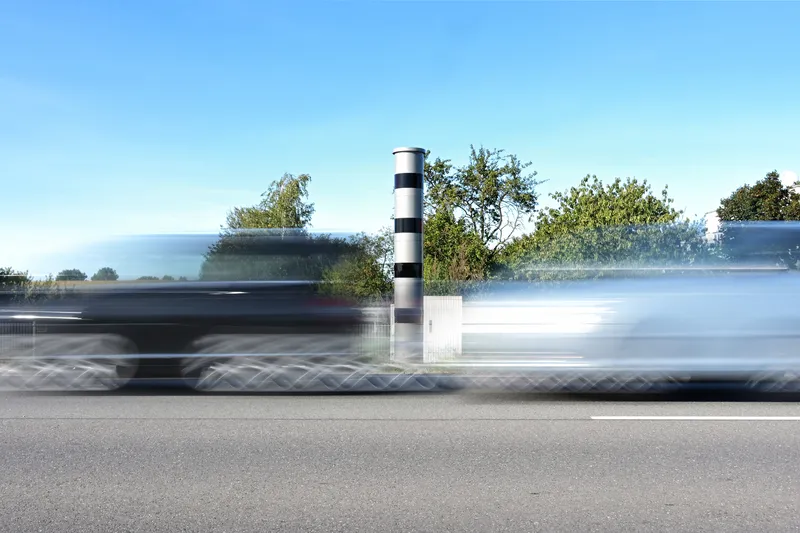As the UK Department for Transport confirms a six-fold increase in the number of people caught drug-driving, a survey by road safety charity
The survey indicates that one in 14 UK drivers, or seven per cent admit they drive at least once a month after having taken drugs.
The release of these figures comes a year after the introduction of new drug-drive laws designed to make it easier for police to catch criminal drivers. According to Brake, in the 12 months since the law change, there has been a six-fold increase in the number of convictions for drug-driving nationally, but some individual police forces have seen their arrest rates go up by 800 per cent.
On 2 March 2015 it became an offence in England and Wales to drive with even small amounts of 17 legal and illegal drugs in your system, including cannabis, cocaine, ecstasy and ketamine. The law removed the need to prove the driver was ‘impaired’ and set the levels so low, it effectively brought in a zero tolerance when it comes to drug-driving. The offence carries an automatic 12-month driving ban, a fine of up to US$7,000 (£5,000) and a prison sentence of up to six months.
The change in the law coincided with the introduction of new roadside drug testing kits that are used by the police to detect even tiny amounts of the most commonly used drugs, cannabis and cocaine.
Brake and Direct Line’s survey also found one in 12 people, or eight per cent thought they had probably or definitely been a passenger, in the last year, in a car driven by someone who had taken drugs. Worryingly, one in six people (16 per cent) said they would get in a car with a driver who had taken drugs.
According to Brake, the latest official road safety figures available show 47 road deaths and 197 serious injuries in 2014 were caused when a driver was impaired by some kind of drugs. This was up from 21 deaths and 181 serious injuries in 2013. But they say some estimates suggest around 200 people a year are killed on Britain’s roads by drivers on drugs.
Convictions up but many still drug-driving
As the Department for Transport confirms a six-fold increase in the number of people caught drug-driving, a survey by road safety charity Brake and Direct Line Insurance reveals huge numbers of drivers and passengers are still taking dangerous risks when it comes to drugs. The survey indicates that one in 14 drivers, or seven per cent admit they drive at least once a month after having taken drugs.
March 1, 2016
Read time: 2 mins







